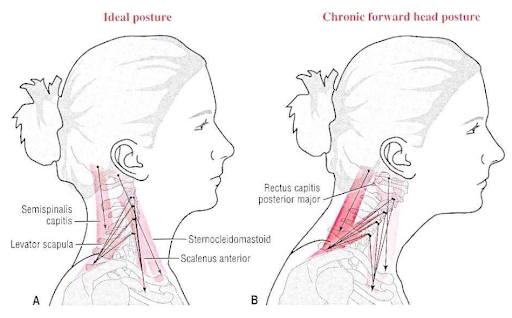😱⚡️ Is your neck sinking into your shoulders and your head riding forward? This adds at least 5 years of age to your body!

This head position is the body's adaptation to chronic tension! It's most common in:
👉THE NECK MUSCLES (sternoclavicular, ladder, platysma, trapezius, etc, see more in the video).
❗️It is important to gently relax them. But remember that it is often a consequence of tension in the bones of the skull, spine, internal organs.
👉THE THORACIC SPINE.
The heart ligaments are attached to the upper thoracic vertebrae. This is where the esophagus, trachea, and diaphragm pass through. All organs are connected through ligaments, vessels, and tension can be transmitted throughout the body.
If:
🔻 the diaphragm and the pericardium are in tension
🔻 the oesophagus is contracted
🔻 heart ligaments are tense
it causes strain on the thoracic vertebrae. Blood flow deteriorates and stasis forms. As a result of this cascade of biomechanical changes, the withers form, the neck begins to shorten and fall into the chest.
💡 Besides the physical factor, there is also an emotional. I think you have noticed that when you feel sad, your chest tightens.
Neck problems can affect:
— The brachial plexus ➡️ it causes numbness in the hands
— The vagus nerve ➡️ it affects heart, lungs, digestion.
— The sympathetic trunk ➡️ it leads to high pressure
So join us tomorrow for a faceplasty class where we'll release tension and get a good neck work out